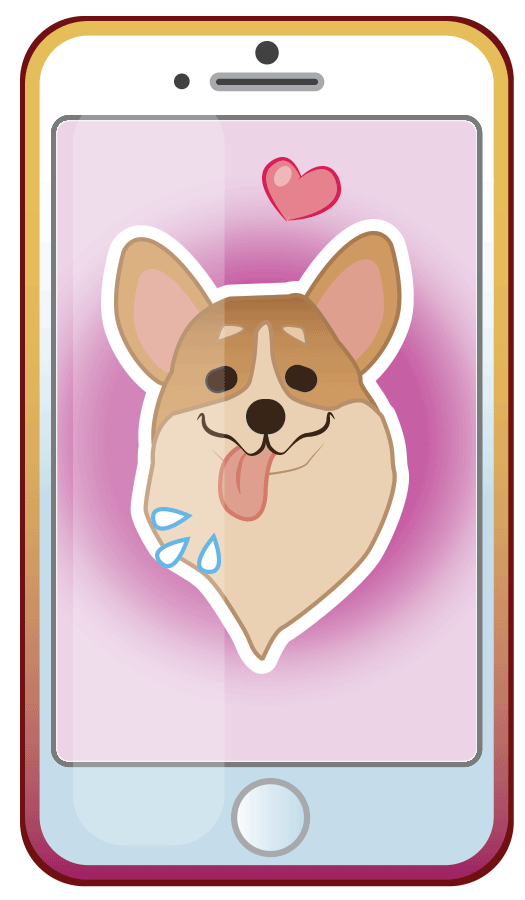America’s cuteness culture — give me a dose of Corgi pictures please
by Jeanie Lo

So I save a lot of Welsh Corgi videos and photos on my Instagram collection. A lot.
And almost every day I send photos of Shiba Inu puppies to my friend and sister, followed by the hashtag, “#socuteicannothandleit.”
It wasn’t until I told my friend that looking at pictures and videos of puppies makes me happy that I realized why millions of netizens share cute animal videos on social media every day.
Because it makes them happy. Sounds simple, right?
But why does it make us happy? And why the increasing surge of sharing and consuming of cute animal and baby videos on social media in recent years – a surge that became so trendy and massive that it even made its way into Hillary Clinton’s speech as an act to connect with her supporters? (Back in October 2016, while campaigning for the presidential election, Clinton said the negativity in that election just made her want to “unplug the internet or just look at cat GIFs,” followed by a roar of applause.) Even a compilation of cat videos on YouTube can amass up to 50 million views. So, what’s up?
Sociologically, America’s “cuteness culture” is similar to Japan’s “Kawaii culture,” which rose in the 1970s. Masha Janette, founder of Tokyo Fashion Diaries, said that Kawaii means “a delicate cuteness, like a weak, small type of thing.” I think most SCAD students are aware of Kawaii culture – particularly the characters of Pokemon (with puffy Pikachu and chubby Snorlax), Hello Kitty and Sailor Moon.
Posters of anime characters also decorate the walls of the Tokyo subway, and stationary stores in Japan sell collections of cartoon character pens or pencil cases. In the cosplay world, fans don colored wigs and cat paw gloves. Some researchers believed the conception and popularity of Kawaii culture was how Japanese coped with the trauma and economic destitute they experienced after World War II, by creating and consuming media and objects of cute, unthreatening and positive figures. Similarly, Tthis year in Hong Kong’s book fair, books about cats and dogs also dominated book stalls and according to multiple surveys, Hong Kong has the most unaffordable housing prices in the world. Political tension between Hong Kong and China is also fermenting – no wonder Hong Kongers also relented to the therapeutic force of cuteness.
This is also similar to our circumstances in America today. In the midst of political polarization and instability, racial tension, changing economy, climate change, gun and police violence and side effects of globalization, Americans need some coping mechanisms to deal with all these stresses and uncertainties for the future. For the millennial generation, our problems also include student loans, unemployment and general inability to afford housing. These problems persevere for years and will not go away soon. It seems like we all need a large daily dose of kitty cat pictures or swimming Corgi videos (100mg more please).
Science also says that browsing pet videos de-stresses the brain – it’s part of positive psychology. Perhaps that’s why CS3 hosts pet therapy events every quarter around finals. Scientists also find that pets’ big eyes and puffy cheeks invoke the human brain’s “infant schemata,” which influence brain networks to induce us with feelings of compassion, empathy and the urge to nurture and protect. Media of cute pets also activate one of the brain’s reward centers, the nucleus accumbens, which releases dopamine, a neurotransmitter responsible for our feelings of pleasure and cheerfulness. Media of cute pets can affect the the nucleus accumbens in the same way drugs, sex and food would affect it.
Pop culture reflects a country’s mentality, and between videos of meows and paws on Instagram, it seems like America might be in need of more pet therapy.


























